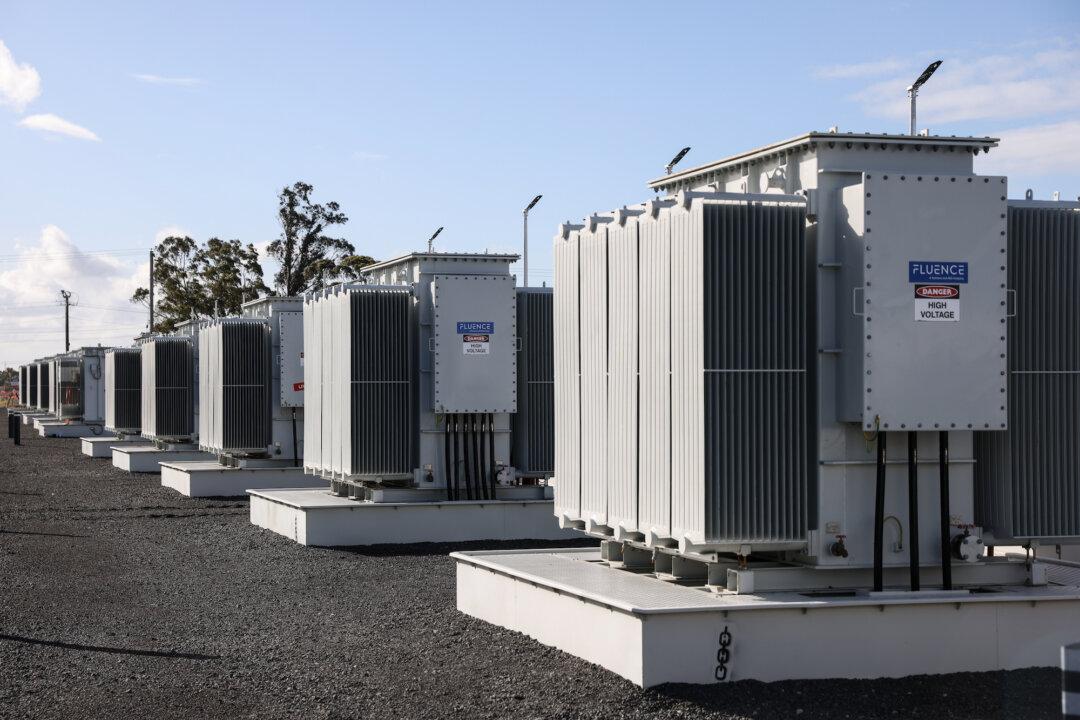The extreme rainfall that has fallen across New South Wales in 2022 has created a supply shortage of real Christmas trees, triggering a rapid rise in the price of this Christmas tradition in Australia.
This comes as Australia has been hit by its third consecutive La Nina, with Sydney experiencing its wettest October on record, with more than 286mm (almost 11 inches) of rainfall registered.




